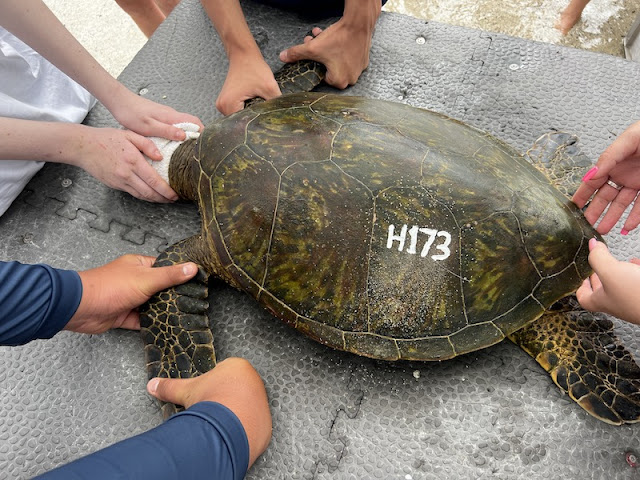Most plastics in the ocean break up into very small particles. These small plastic bits are called "microplastics." Other plastics are intentionally designed to be small. They're called microbeads and are used in many health and beauty products. They pass unchanged through waterways into the ocean. Microplastics are of concern because of their widespread presence in the oceans and the potential physical and toxicological risks they pose to organisms.
Rachael Zoe Miller is a National Geographic Explorer, inventor and Explorers Club Fellow working to protect the ocean through expedition-based science, conservation and storytelling. She is the founder of Rozalia Project for a Clean Ocean, a nonprofit addressing marine debris through cleanup, education, innovation and solutions-based research. She is also a co-inventor of the Cora Ball, the world’s first microfiber-catching laundry ball, and sea life artist for Coraclip, a renewable alternative to wasteful virgin-to-landfill plastic bag clips. Miller leads teams on expeditions whose results are published in peer-reviewed journals and experiences translated into education programs; recent expeditions include sampling the entire Hudson River for microplastics in the air, water and soil; microplastic sampling from onboard the E/V Nautilus in the Hawaiian archipelago; and research in the Arctic and Antarctic with Lindblad Expeditions-National Geographic as a visiting Explorer/scientist. She and her team have received multiple awards and recognition, including Best VideoRay PR Story for using ROVs to find and remove marine debris, being named an Ocean Exemplar by World Ocean Observatory, and winner of the Most Innovative Idea in Microplastics from Think Beyond Plastic.













































